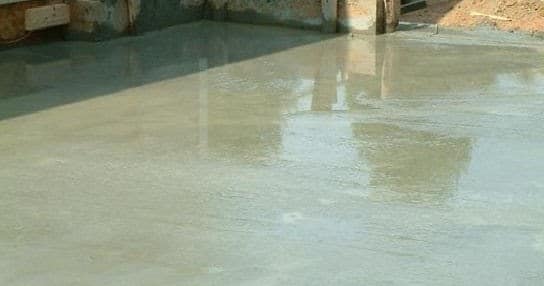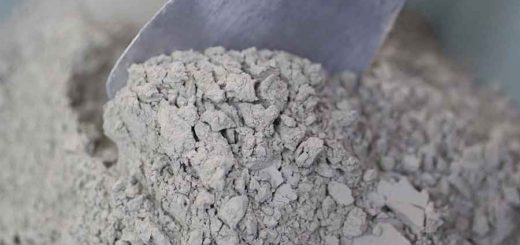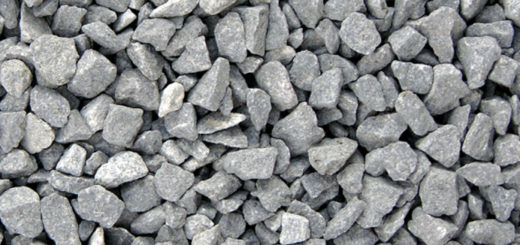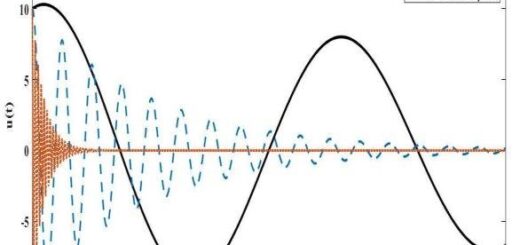Properties of Concrete [useful information]
Knowing the properties of concrete is a must to structural engineering who engine with the design of cast-in-situ and precast construction.
Why should we know the properties?
A designer who engages with structural design shall aware of the behavior of the concrete in different conditions. For example, consider the immature concrete of grade 40 pouring for a thick raft foundation having a thickness of 1000mm.
- When there is a large area, we cannot do the concrete pouring at once. We have to have several pours.
- When the concrete hardens (during the hydration process) core temperature will rise and we need to limit it to avoid thermal caracks and delayed ettringite formation
- Thermal gradient and temperature difference need to maintain with acceptable limits.
If the structural engineer is not well aware of the above factors, there will be serious trouble. Therefore, we must aware of the behavior of the concrete.
The following articles published on this website would help you gain more knowledge on concrete in addition to the information discussed in the article.
- A Detailed Study on Concrete[from scratch]
- All About Concrete [Most Important in Brief]
- Things to Remembered in Concrete Construction
Let’s see what are important properties of concrete are. There may be different categorizations other than the following method.
- Physical Properties
- Thermal Properties
- Durability
- Fire Resistance
Let’s discussed each property in detail.
Physical Properties
This is mainly the general properties of the concert we observed usually. There are many areas that we can discuss. However, let’s limit this discussion cuss to the most important properties of concrete we must be aware of.
Density
The density of the concrete depends on its mix composition or other words, the mix design decides the density of the concrete. Accordingly, we could specify the density of the concrete.
In general, the density of the concrete is take in the range of 24 -25 kN/m3.
Porosity
Concrete is a porous material. It absorbs water. There are spaces in the concrete that are not possible to see.
Higher the porosity higher the absorption of the water.
There are advantages and disadvantages to having the porosity of the concrete.
For example, being the ports, allows water to penetrate into the concrete. As a result, the strength and durability of the concrete increase.
Cover one of the concrete is very important in the durability of concrete. if the strength development is adequate in this area, the structure would be more durable than that of not having adequate strength.
Impact Resistance
Concrete exposed to the wearing of any other forces needs to be durable and damage less.
Further, when the impact load is applied, it should be able to bear such loads.
Confine concrete by reinforcement have much higher resistance against this kind of loading.
Strength of Concrete
The strength of the concrete can be discussed under different terms.
- Compressive Strength
The compressive strength of the concrete is the main parameter considered in the structural design. Generally, in design, we call this a Characteristic strength of concrete.
There are many factors affecting the strength of the concrete as discussed in the article key factors affecting the strength of concrete.
We specify the characteristic strength in designs. The contractor needs to produce the same concrete. There are methods, compliance criteria and testing, to make sure the designer’s compressive strength is reached at the site.
The following articles discuss the assessment of the compressive strength and its technical background.
- Tensile Strength of Concrete
The tensile strength of the concrete is not taken into account in the structural design of reinforced concrete structures normally.
However, on special occasions, we check the tensile strength and get used to it for the design.
For example, in prestress designs, the tensile strength of concrete is considered a design parameter. This is done with more price approaches.
In a normal structure, considering the possibility of development of the flexural cracks, the tensile strength of the concrete is not considered.
Modulus of Elasticity of Concrete
Generally, we follow the values given in the standards.
Depending on the grade of the concrete, these values vary.
BS 8110 Part 2 provides a table and equations to obtain the modulus of elasticity.
Thermal Properties of Concrete
The thermal action of the concrete very important factor to be considered in the structural design especially the element sizes are larger.
During the construction process and service life, the behavior of the structure needs to be taken into the design. If not, it could lead to failures in structure mainly in durability aspects.
- Coefficient of thermal expansion
As we know, structural elements are subjected to increase and reduce in dimensions with the variation of the temperature.
This increase or decrease can be represented by the following equation.
Δl = α(ΔT)l ; where the Δl is increasing or decrease in length, α – coefficient of thermal expansion, ΔT is a variation of temperature and l is length.
The coefficient of thermal expansion is in the range of 8-130/C.
- Creep
The creep is time-dependent on deformation due to the sustained loading.
It also can be called an increase in strain in the concrete or deformation of the concrete when subjected to sustained loading.
In large structures, prestress concrete, etc. creep could create serviceability issues. Therefore, designers shall be aware of the consequences of not considering the creep behavior of the structures.
- Shrinkage
Shrinkage is also a similar kind of behavior of the structure that can be observed from the beginning to the service.
It starts from the immature concrete that is even before hardening the concrete. There are different terms like drying shrinkage, plastic shrinkage, etc.
You may refer to the article, Types of Shrinkage in Concrete [detailed study] for further information on the subject.
- Bleeding
Bleeding in the concrete is not a common phenomenon.
When there is excess free water in the concrete, they come to the surface of the concrete.
Therefore, the designer shall be aware of these kinds of material behavior. Further, the accumulation of more water on the concrete surface could create issues. If this water is collected under the cause aggregate, it will reduce the bond strength.
Durability of Concrete
If the structure is constructed, they need to last at least the design life.
However, a lack of attention made on the durability aspect of the structure leads early serviceability issues.
The durability of concrete depends on many parameters. Some of them can be listed as follows.
- Exposure condition
- Concrete grade
- Water cement ratio
- Nature of the structure
- Curing of the structure
We must be aware of the factors affecting the durability of the structure. The article factors affecting durability of concrete could be studied for more information on the subject.
In addition, the durability requirement and problems discussed in the article: Durability of Concrete [Requirements and Problems]
Fire Resistance of Concrete
Concrete is a good fire resistor. But, beyond a certain level, it loses its strength.
Further, concrete along we cannot predict the structural capacity of an element. The behavior of the reinforcements also needs to consider in this. We increase the cover to the reinforcement depending on the number of hours considered for fire design.
Generally, the fire rating of the structure is decided by the designer. Evacuation and structural safety (protection of the structure) are considered in the design.
The higher fire resistance capacity of concrete is one of the very useful among other properties of concrete.




